From squirrels to songbirds
Professors share tips on observing campus wildlife
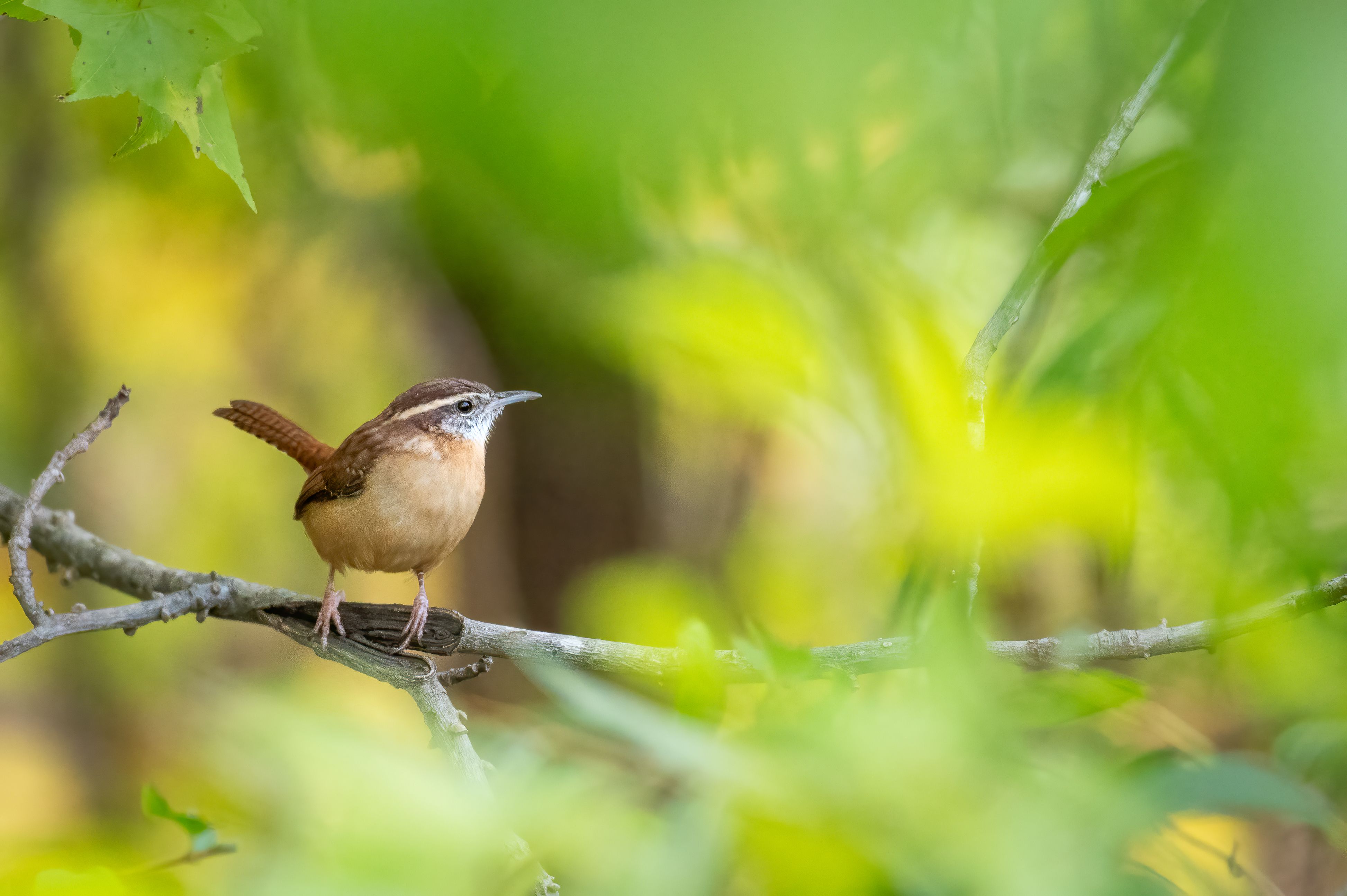
Biology professor Dave Gammon often finds himself observing the wildlife on Elon’s campus.
“Squirrels everywhere,” Gammon said. “Everybody's going to recognize the squirrels. That's iconic.”
But squirrels aren’t the only critters on campus. For those interested in learning more about local wildlife, biology professor Dave Gammon said getting familiar with songs and calls is a good way to identify the animals on campus, especially the birds.
“Go learn the sounds,” Gammon said. “You will occasionally see things that you might recognize — like a crow or a flash of a cardinal or something like that — but if you learn the sounds, then you can sit there just about anytime of day, and you'll hear a dozen species that are all around you.”
American robins, eastern bluebirds, cardinals, northern mockingbirds, canada geese, mallard ducks, tufted titmice and crows are some of the birds Gammon said he commonly spots.
Beyond bird calls, Gammon said once people know the sounds and stop to listen, they’ll often hear “katydids galore” and cicadas.
Statistics professor Ryne VanKrevelen shares a similar passion for campus wildlife, and the two hosted a “nerdy bird walk” around campus last spring. VanKrevelen, Gammon and over a dozen students explored campus, identifying birds they saw and heard as they went.
“There's a few birds that, if you look for them, you'll see them plenty, but you'll probably hear them more than you'll see them,” VanKrevelen said.
Ryne VanKrevelen said he often hears eastern towhee calls when walking through Historic Neighborhood. Courtesy of Dave Gammon.
VanKrevelen said it's common to hear Carolina wrens, cardinals and eastern towhees when he’s walking around campus. Looking up is another strategy VanKrevelen suggested, as hawks, crows, vultures or herons might be flying above.
While Gammon said some species of birds are more likely to thrive in “human dominated areas,” such as mockingbirds and robins, others are more likely to be on the outskirts of campus, such as warblers and wood thrashers.
VanKrevelen, who has been teaching at Elon since 2015, said his interest in the campus birds has also led to an appreciation of other campus wildlife.
“I’ll find lots of different moths and caterpillars that I would have just totally walked past,” VanKrevelen said. “I've had a couple times where I've stopped to look at something that I saw. And a bunch of people are walking past and there's this big, giant moth that's blending in well so people don't notice it.”
As a statistics professor, VanKrevelen said he enjoys keeping track of what he identifies on campus, both through his own spreadsheets and apps such as eBird or Merlin.
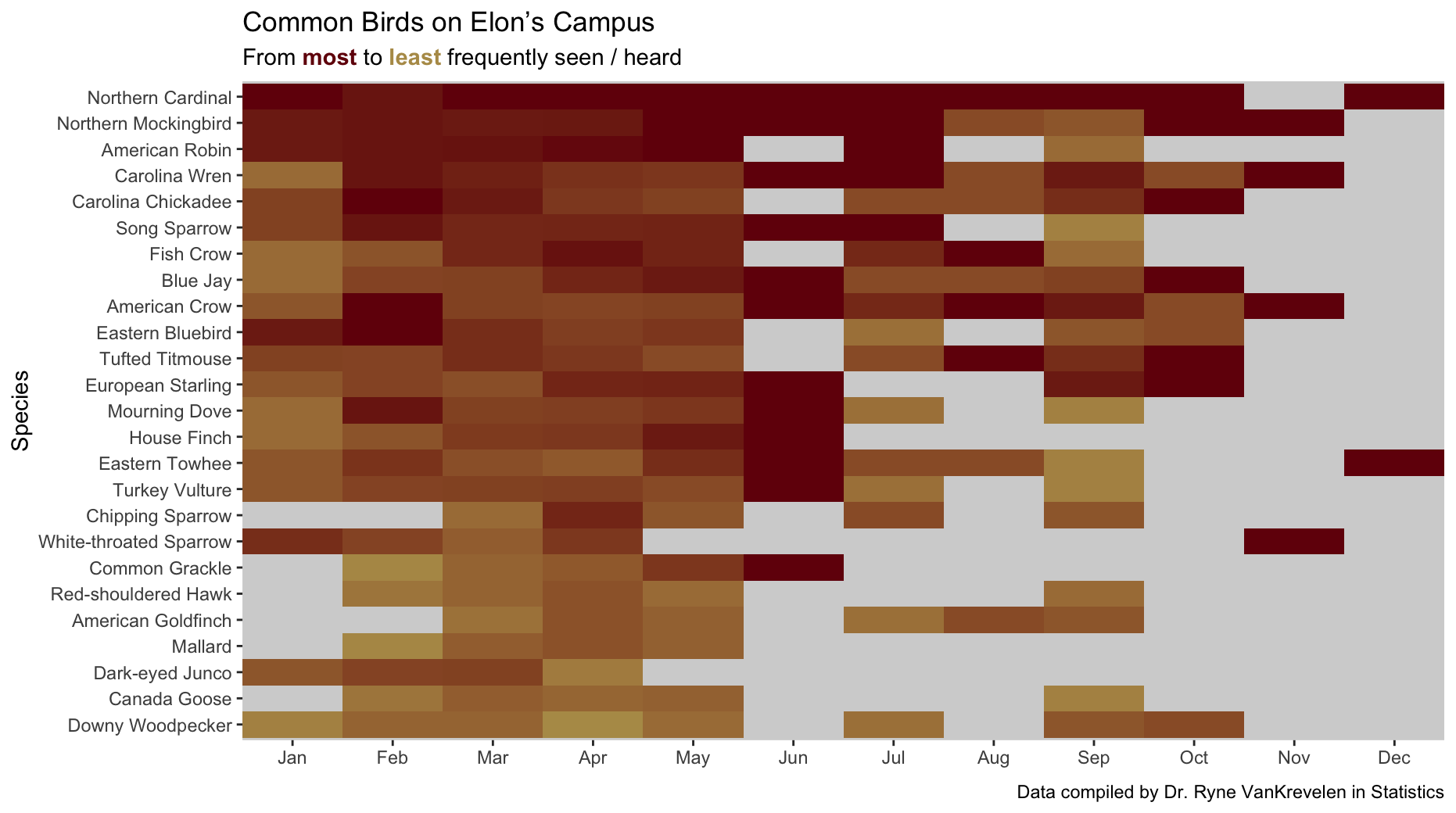
Statistics professor Ryne VanKrevelen keeps track of his bird sighting across campus. Courtesy of Ryne VanKrevelen.
Statistics professor Ryne VanKrevelen keeps track of his bird sighting across campus. Courtesy of Ryne VanKrevelen.
While it’s easy to hear bird calls walking across campus between classes, Gammon said people who want to do more intentional bird watching should look and listen in areas with less foot traffic, such as Loy Center Neighborhood and around the intramural fields.
“You'll see and hear a lot of cool stuff that feels like you're pretty far from an urban area,” Gammon said.
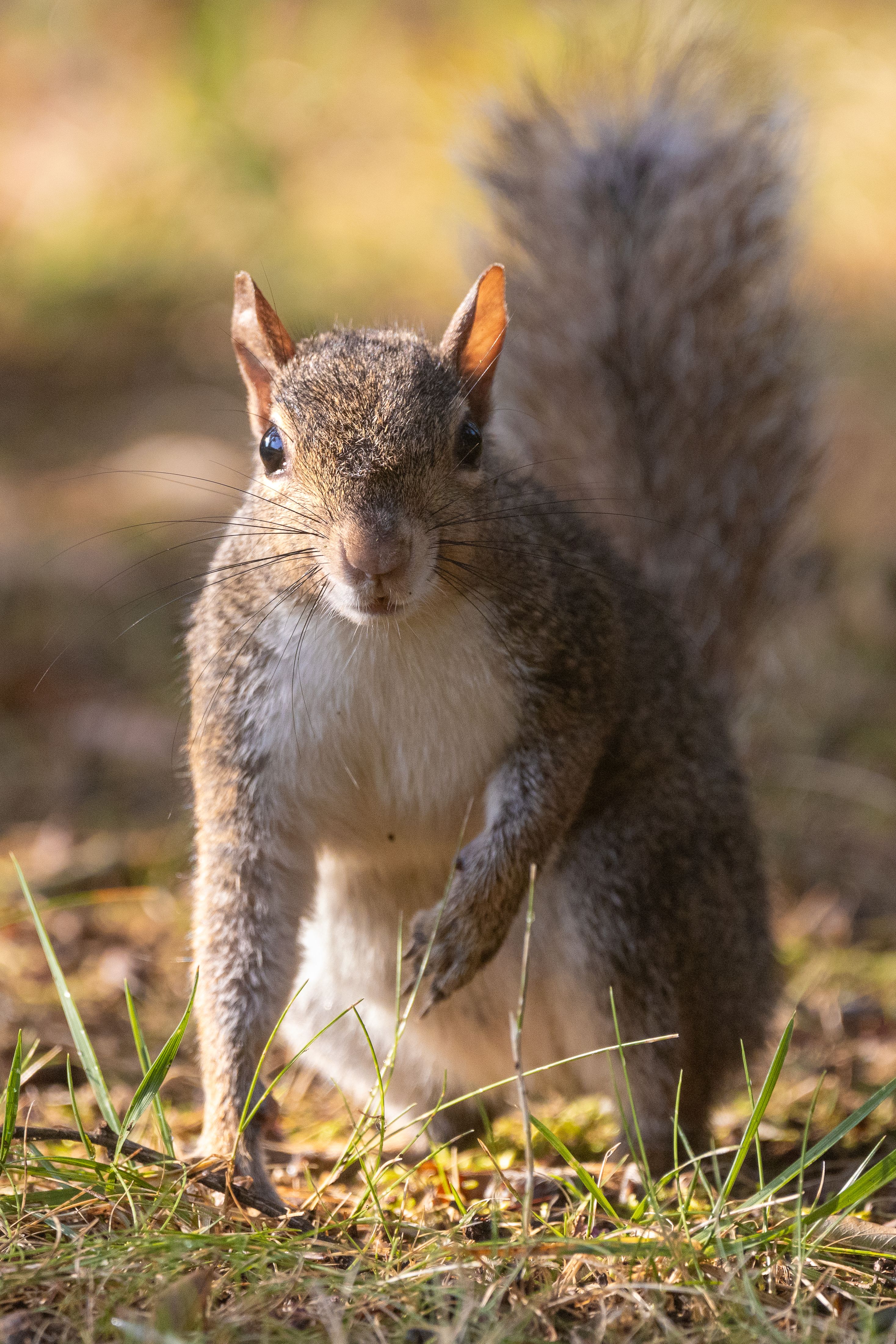
Eastern gray squirrels are one of the most common animals seen across Elon's campus. Photo by Simon Wray.
Eastern gray squirrels are one of the most common animals seen across Elon's campus. Photo by Simon Wray.

A tufted titmouse, one of the more common bird species on campus, perches on a branch. Photo by Simon Wray.
A tufted titmouse, one of the more common bird species on campus, perches on a branch. Photo by Simon Wray.
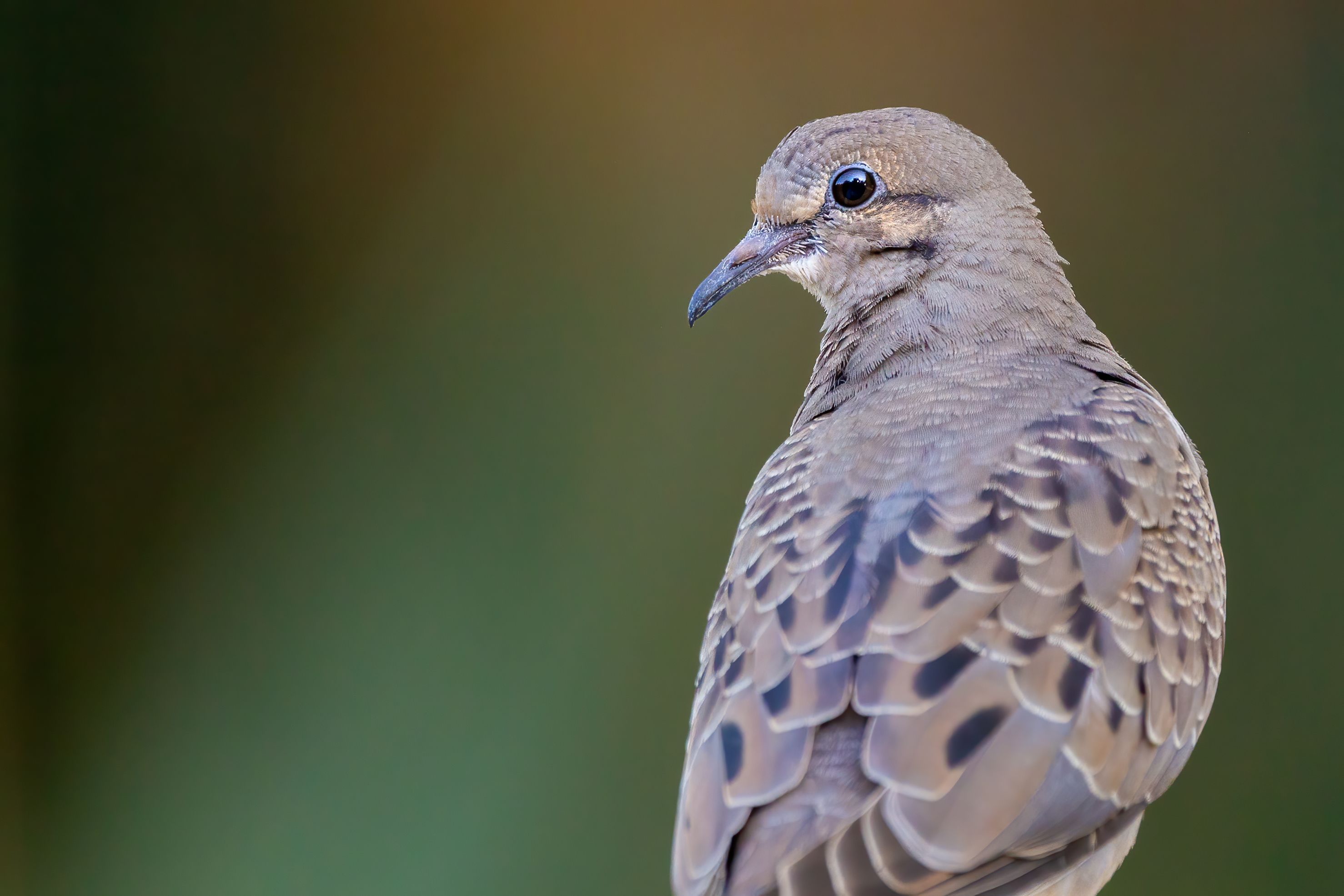
Mourning doves can be found across North Carolina, but on Elon's campus, they are typically seen in Historic Neighborhood. Photo by Simon Wray.
Mourning doves can be found across North Carolina, but on Elon's campus, they are typically seen in Historic Neighborhood. Photo by Simon Wray.

There are about 500 species of bees in North Carolina — including 17 bumblebee species — according to the North Carolina Department of Agriculture. Photo by Simon Wray.
There are about 500 species of bees in North Carolina — including 17 bumblebee species — according to the North Carolina Department of Agriculture. Photo by Simon Wray.
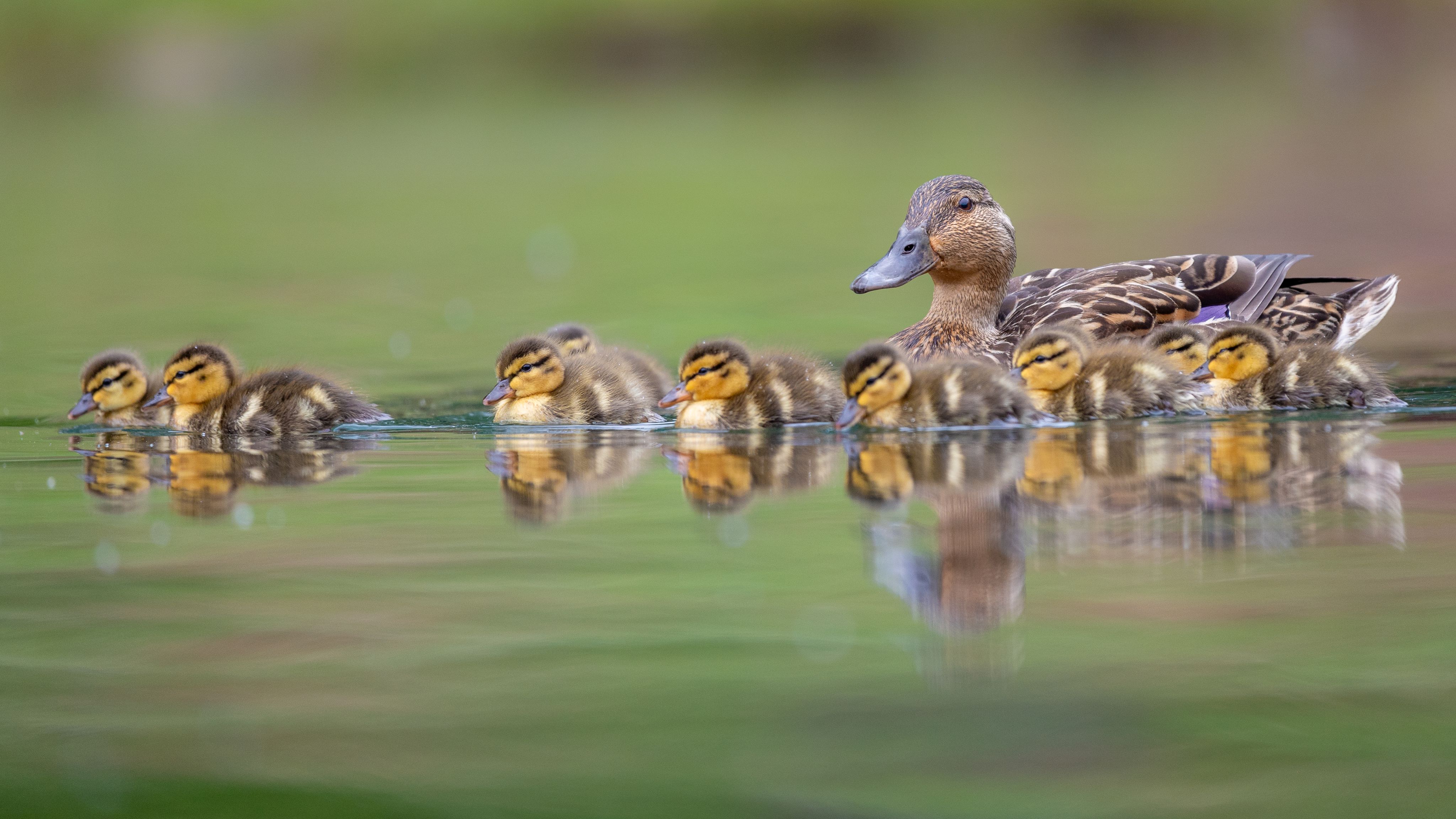
A mallard duck and several ducklings swim across Lake Mary Nell, a good location for spotting waterfowl and turtles, according to biology professor Dave Gammon. Photo by Simon Wray.
A mallard duck and several ducklings swim across Lake Mary Nell, a good location for spotting waterfowl and turtles, according to biology professor Dave Gammon. Photo by Simon Wray.
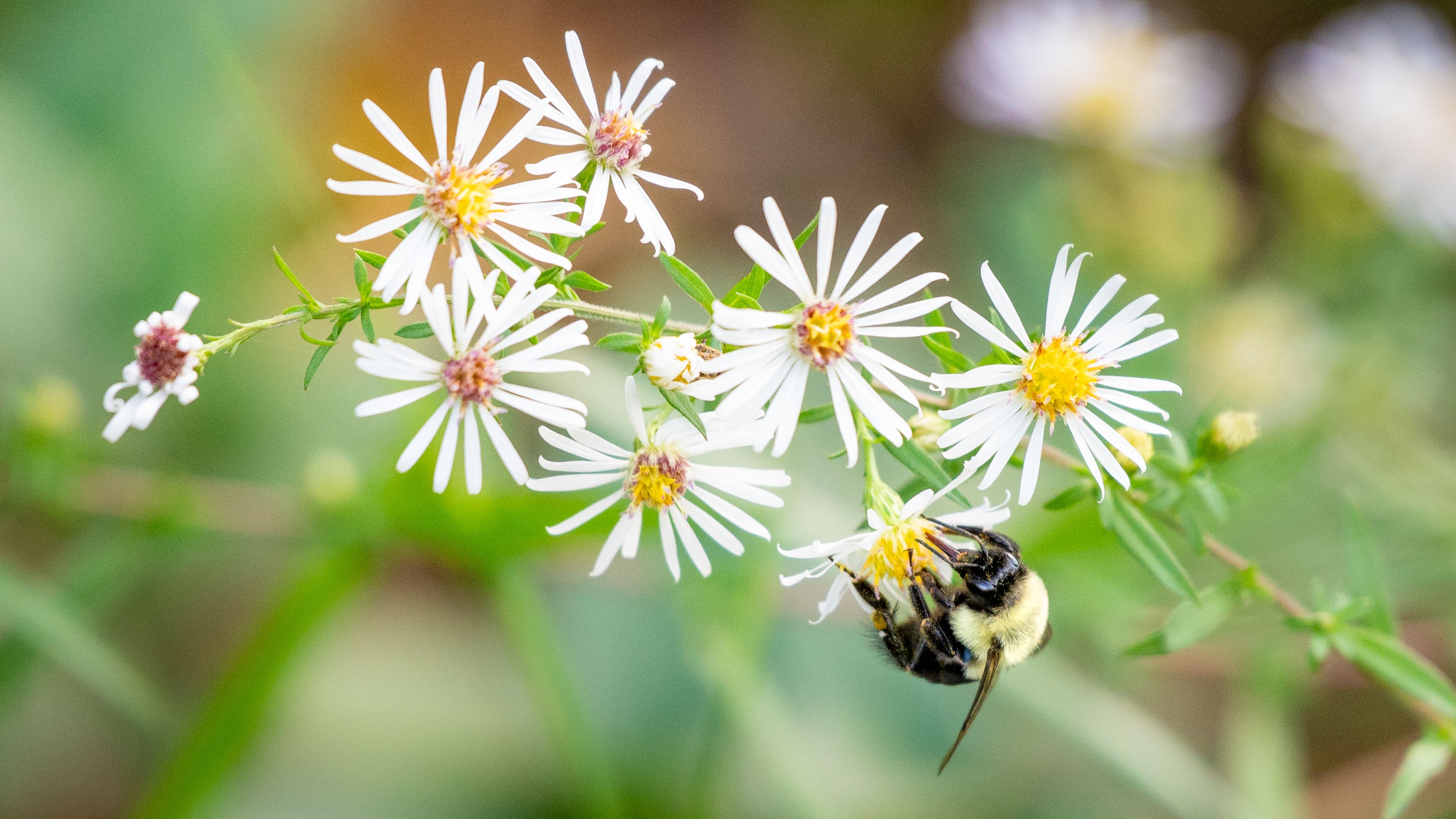
Most bumblebee species in North Carolina are native pollinators, according to the North Carolina Department of Agriculture. Photo by Simon Wray.
Most bumblebee species in North Carolina are native pollinators, according to the North Carolina Department of Agriculture. Photo by Simon Wray.

Squirrels are one of the most recognizable species seen across Elon's campus. Photo by Simon Wray.
Squirrels are one of the most recognizable species seen across Elon's campus. Photo by Simon Wray.

Katydid songs can be heard across campus in the evenings. Photo by Sarah T. Moore.
Katydid songs can be heard across campus in the evenings. Photo by Sarah T. Moore.

A mallard duckling on Lake Mary Nell. Ducklings can be seen on campus in the spring, often around Lake Mary Nell or Lake Verona. Photo by Simon Wray.
A mallard duckling on Lake Mary Nell. Ducklings can be seen on campus in the spring, often around Lake Mary Nell or Lake Verona. Photo by Simon Wray.

A toad sits by Lake Mary Nell. Ryne VanKrevelen said he enjoys walking around the lake, since many animals are drawn to the water. Photo by Sarah T. Moore.
A toad sits by Lake Mary Nell. Ryne VanKrevelen said he enjoys walking around the lake, since many animals are drawn to the water. Photo by Sarah T. Moore.
